Cowboy & Western
The roots of the western as a staple of the movies extend to 1903 when director Edwin S. Porter took a film crew into the wilds of New Jersey to shoot “The Great Train Robbery,” a landmark narrative one-reeler that famously startled audiences with a close-up of one of the bandits firing his pistol directly into the camera.
One of the uncredited actors in the short film, Gilbert M. Anderson, later became the silver screen’s first western star, “Broncho Billy.”
The western film genre spawned scores of cowboy stars over the decades, from William S. Hart and Tom Mix during the silent era to William “Hopalong Cassidy” Boyd and Roy Rogers during the B-western era of the `30s, `40s and '50s.
A-listers such as Gary Cooper, Henry Fonda and Alan Ladd also got on the western bandwagon, starring in classics such as “High Noon,” “My Darling Clementine” and “Shane.”
Hoppy, Roy and fellow singing cowboy Gene Autry (the only performer to have five stars on the Hollywood Walk of Fame — for radio, recording, movies, television and live performance) made successful transitions into television, where they were joined by Clayton Moore’s Lone Ranger, Duncan Renaldo’s Cisco Kid and Guy Madison’s Wild Bill Hickok.
Beginning with “The Life and Legend of Wyatt Earp,” starring Hugh O’Brian, and “Gunsmoke,” starring James Arness, in 1955, TV’s so-called “adult western” breathed new life into the genre and made stars of Steve McQueen (“Wanted: Dead or Alive”), Clint Eastwood (“Rawhide”) and James Garner (“Maverick”).
The popularity of what typically are simple frontier morality tales of good guy vs. bad guy has since diminished.
But still riding tall as a celluloid symbol of the Old West more than 30 years after his death is the biggest cowboy star of them all: John Wayne.
Born four years after the “The Great Train Robbery,” Wayne was a long-standing B-movie cowboy when he turned in a star-making performance as the Ringo Kid in John Ford’s classic 1939 western “Stagecoach.”
Throughout his 50-year movie career, Wayne continued to return to westerns such as the Ford classics “Fort Apache” and “The Searchers” and Howard Hawks’ “Red River” and “Rio Bravo.”
Wayne was in his early 60s when he donned an eye patch and won a best actor Oscar as cantankerous Marshall “Rooster” Cogburn in director Henry Hathaway’s 1969 western “True Grit.”
— Dennis McLellan, a Times staff writer since 1980, grew up watching Wayne, Rogers and Autry on the big screen and small screen and later interviewed them.
If you do not see the person you are looking for below please search our complete list of the stars on the Walk of Fame. And, if you haven’t yet, check out The Times virtual tour of the stars.
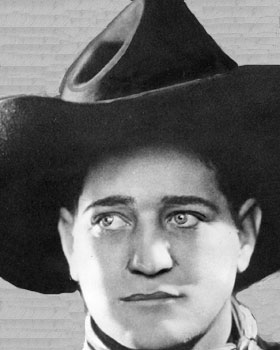
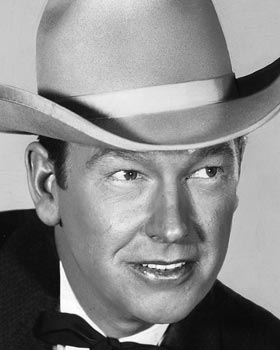
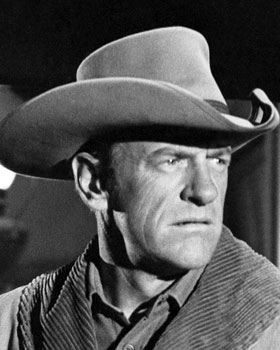
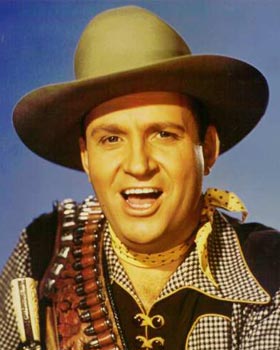
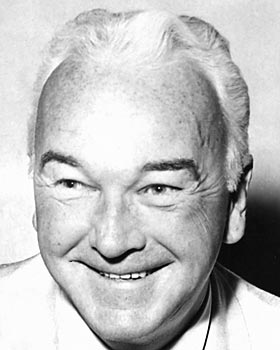
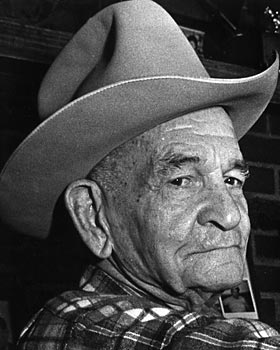
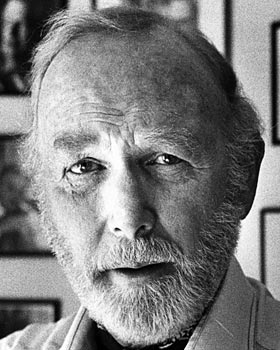
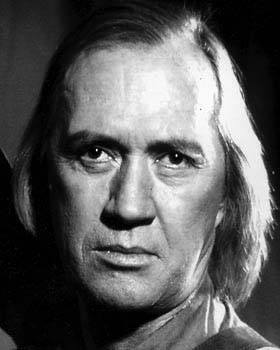
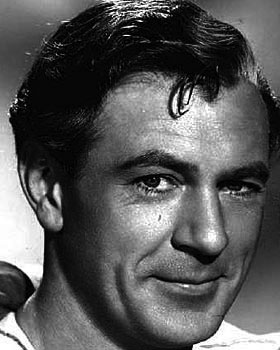
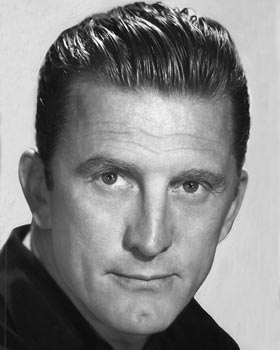
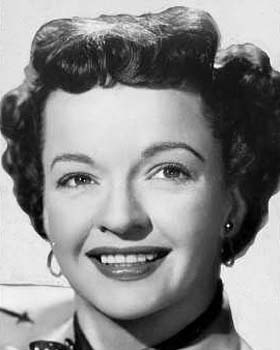
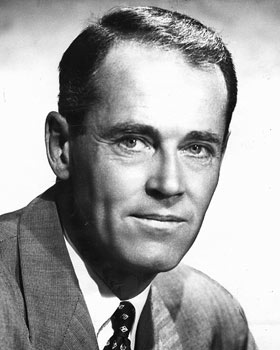
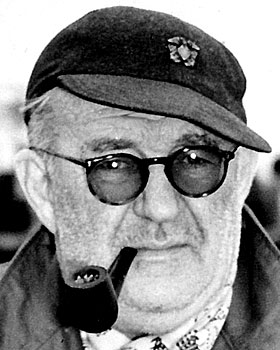
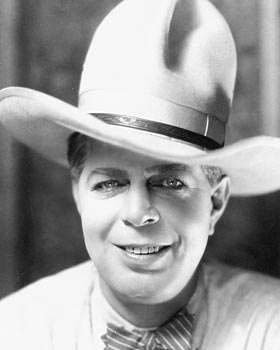
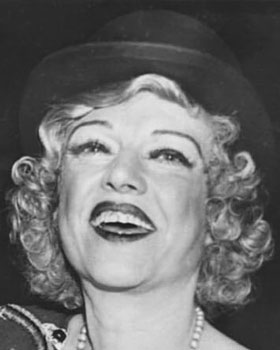
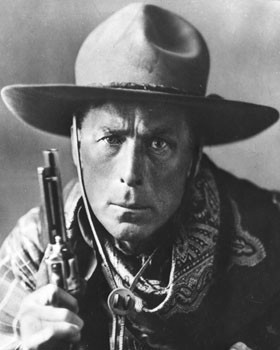
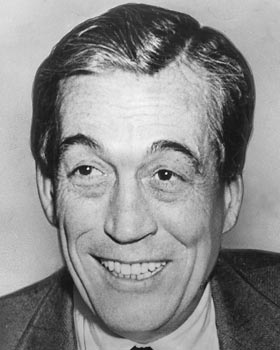
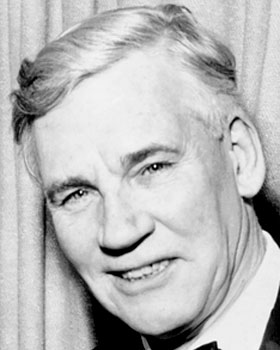
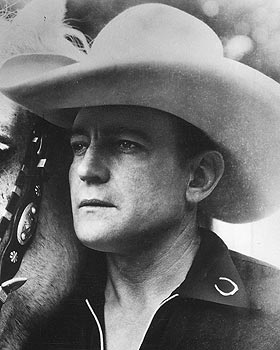
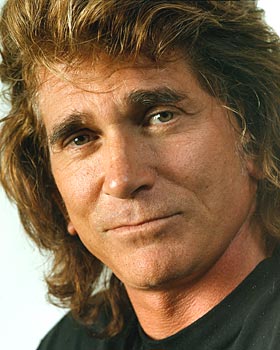
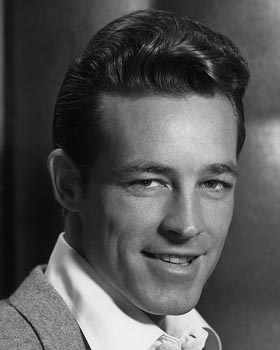
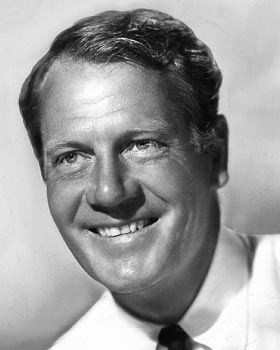
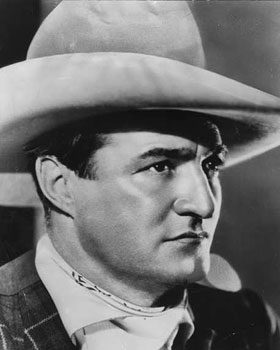
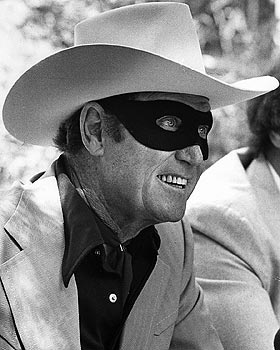
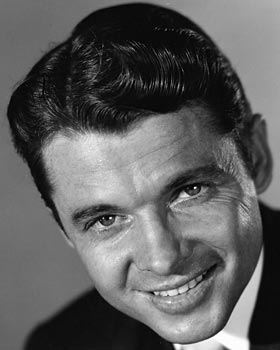
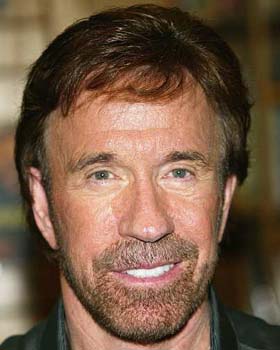
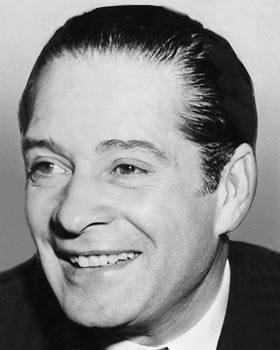
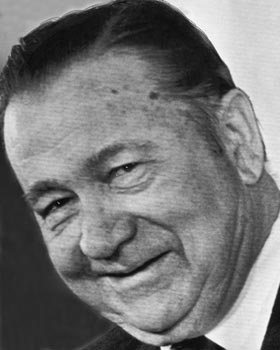
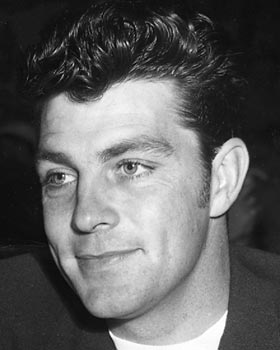
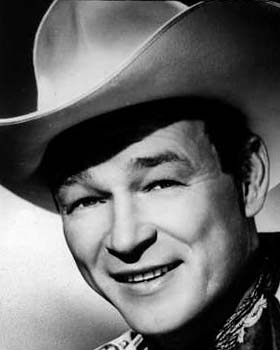
Six thoughts about Cowboy & Western
Share a thought about The Times’ “Cowboy & Western” category